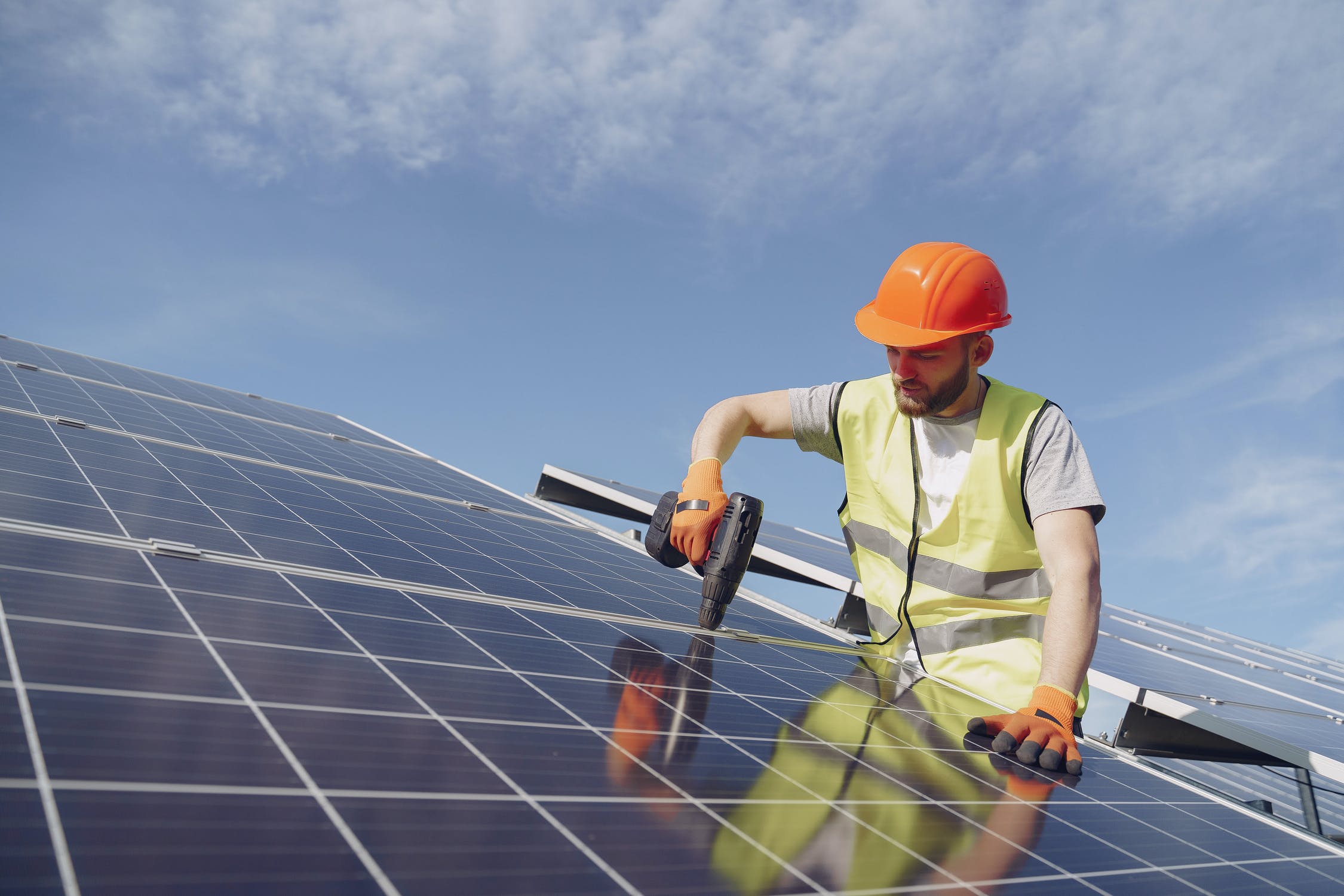The typical lifespan of a solar panel is around 20 to 30 years. While the panels used by our generation have enabled the development of renewable energy, they are also creating a substantial waste management burden for the next. By 2050, Taiwan is expected to generate more than 1.4 million metric tons of waste solar panels, while the global total will exceed 70 million metric tons. Governments around the world are proactively seeking ways to transform end-of-life solar panels into valuable resources. By applying circular economy principles and rethinking both business models and product design, the solar photovoltaic (PV) industry can evolve into a resource-efficient sector that aligns environmental benefits with societal well-being.
Taiwan not only has strong manufacturing capabilities across the solar PV supply chain, but also possesses the capacity to recycle and regenerate solar panel materials. By integrating stakeholders involved in product design, component manufacturing, module assembly, operations and maintenance, remanufacturing, and recycling, Taiwan can create a system where resources circulate continuously within the industry—realizing a truly circular solar PV economy.

According to research from the Ellen MacArthur Foundation, 55% of global greenhouse gas emissions are related to energy use, while the remaining 45% are tied to the production and consumption of goods. Using solar panels to generate renewable energy helps decouple energy use from environmental harm. However, the production of solar panels itself creates environmental impacts such as acidification, eutrophication, and high carbon emissions. The current solution—solar PV—may become a problem for future generations if these issues go unaddressed.
Pollution during manufacturing often remains in the exporting country, while waste disposal becomes the responsibility of importing nations. By 2050, Taiwan alone will face over 1.4 million metric tons of solar panel waste, with global waste projected to surpass 70 million metric tons—a challenge that cannot be ignored.
In response, many governments are seeking to turn solar panel waste into valuable resources. However, they often overlook a critical factor: redesigning solar panels at the beginning.
Rethinking Design and Business Models for Circular Collaboration
By designing next-generation solar panels with zero waste in mind, their lifespan can be extended through repair, refurbishment, and remanufacturing. At the end of their life cycle, these panels can be processed and recycled into materials for new panels. When upstream manufacturers and downstream recyclers collaborate, they close the material loop and support each other in the process. A redesign of solar panels can help ensure that products supporting the renewable energy transition also contribute meaningfully to global carbon neutrality goals.
Importantly, what customers truly need is not the panel itself, but the energy it provides. The goal of circular collaboration is to enable a closed-loop material system. Taiwan already possesses the necessary industrial capabilities and material recovery infrastructure. Through expanded partnerships across the value chain, Taiwan is well-positioned to offer turnkey solutions that combine solar panels, energy services, and recycling. This means customers can avoid the burden of managing usage and disposal, while the solar PV industry can retain and recirculate valuable resources. Designing service-oriented business models that are highly efficient and easily upgradable is where Taiwan’s true competitive advantage lies.

The European Union’s Circusol Alliance is piloting service-based business models. They estimate that by 2030, eight million tons of solar panels and two million batteries will be discarded while still retaining functional value. Their goal is to put these second-hand panels and batteries to good use.
Under this model, suppliers lease solar panels and batteries to various sites. Beyond guaranteeing energy output, they retrieve the equipment at the end of the contract for reuse or recycling by partner organizations. This innovative business model provides suppliers with multiple revenue streams and long-term customer relationships, while enabling users to reduce upfront investment, maintain optimal system performance, and minimize operational burdens. By delaying the need for recycling and reducing the demand for virgin materials, Circusol is fostering a closed-loop system for solar PV resources.
Another key advantage of service-based business models is the ability to treat products as data collection platforms. Collected data can be analyzed to optimize energy output—for example, by understanding sunlight patterns, wind directions, and rainfall to fine-tune electricity distribution. This helps customers generate more green energy. Additionally, environmental data—such as soil pH, humidity, and water quality—can support farm monitoring, aquatic ecosystem management, or even serve as microclimate stations at the regional level.
With technologies like IoT, blockchain, and AI, producers can leverage data to anticipate user needs—or even create new ones—while offering more diversified services. The integration of circular economy principles with digital technology will not only enhance the sustainability of the solar PV industry but also foster long-term partnerships between producers and users.